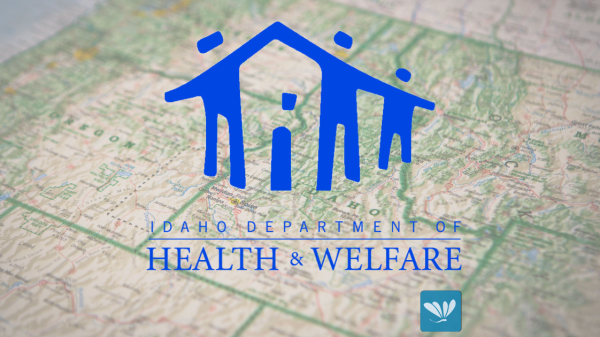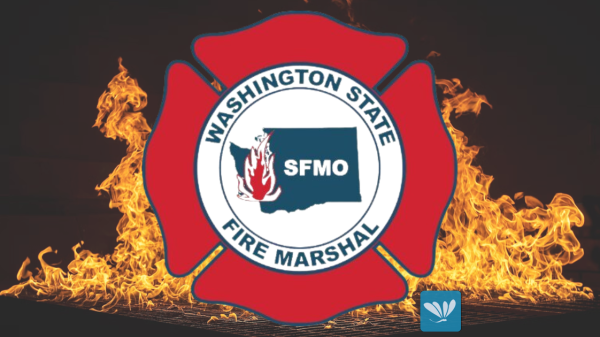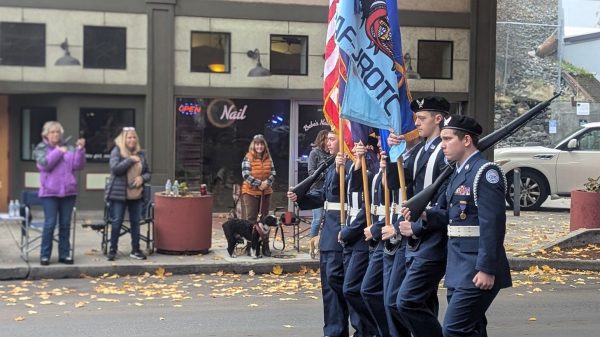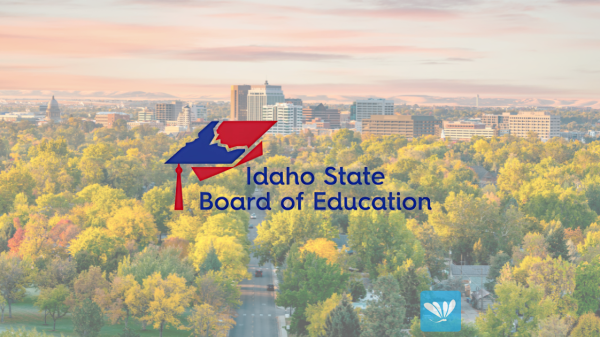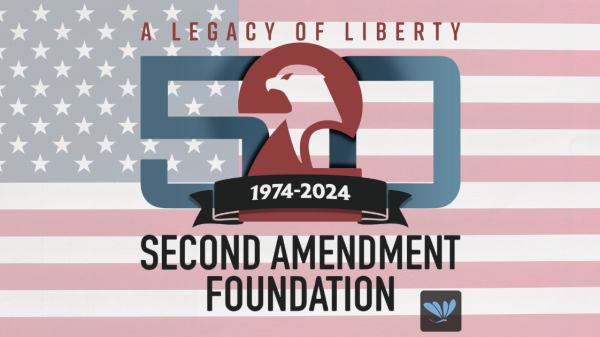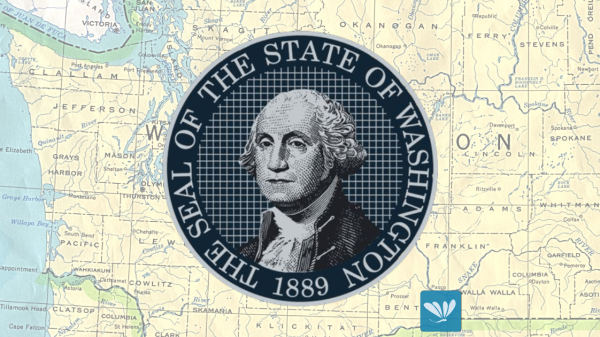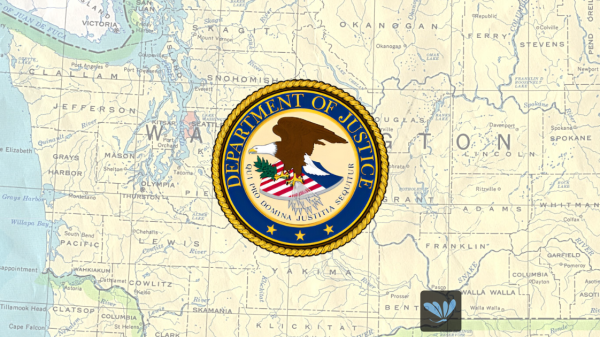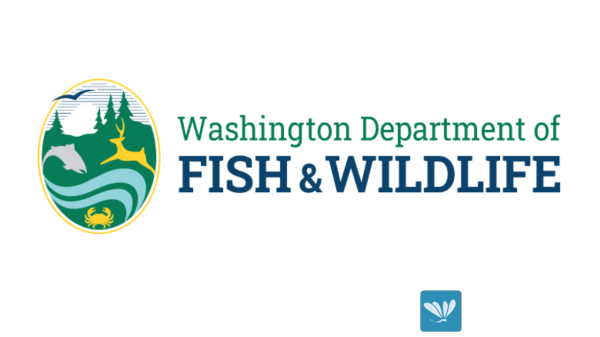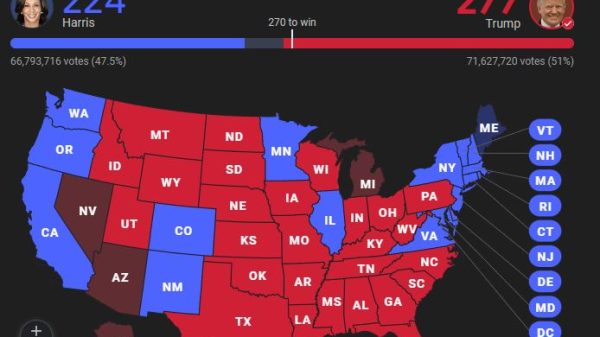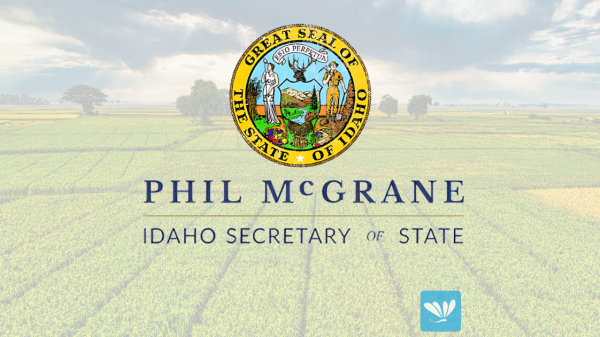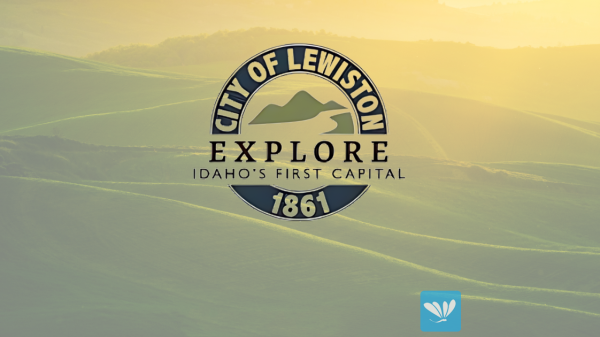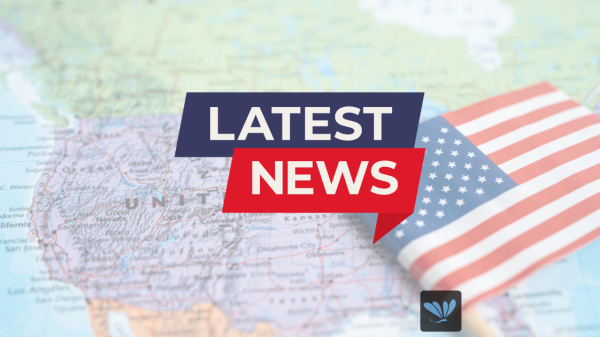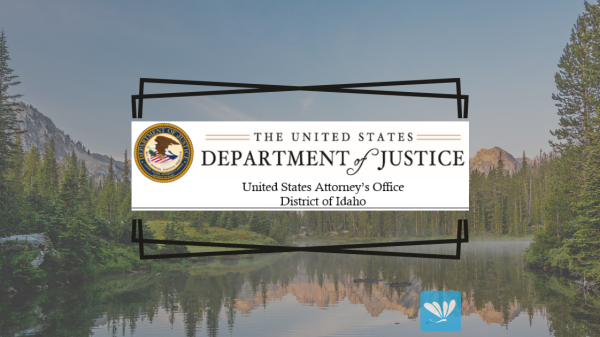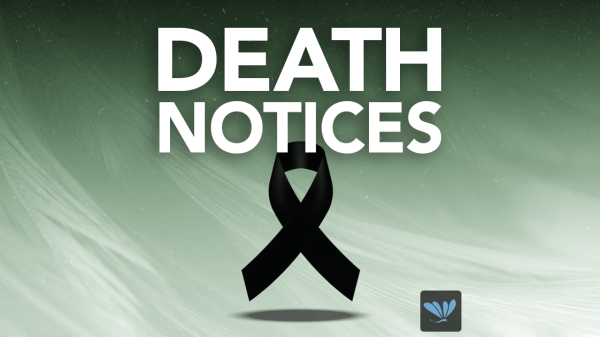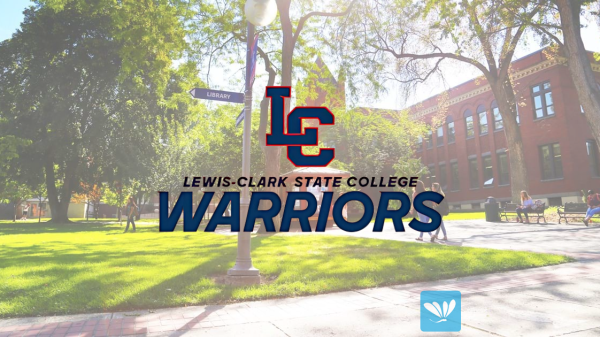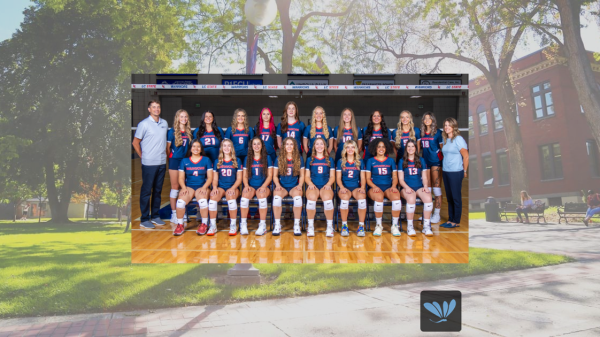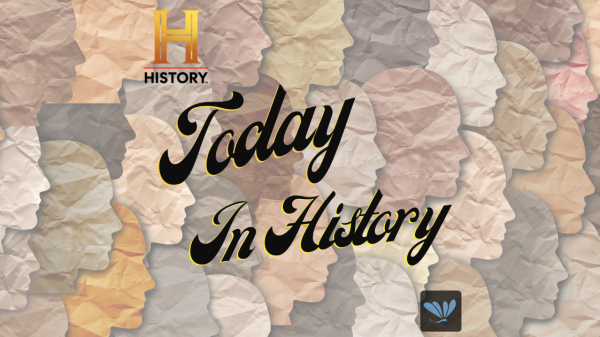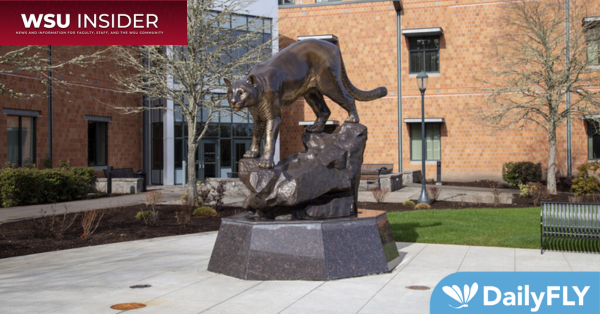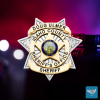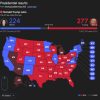PULLMAN – For more than a decade, the bronze Cougar sculpture on the northeast corner of Gesa Field has been a prominent fixture of the Pullman campus.
Countless Washington State University students, employees, and fans have flocked to have their pictures taken since its dedication in 2008, when the complex was still known as Martin Stadium. Lines of people waiting for their turn for a photo are common sights during home football games, family weekends, and graduation season.
Now, thanks to a generous alumnus, new replicas of this iconic sculpture have been installed on campuses across the WSU system. The years-long mission to bring the same sense of pride and place to every physical campus is nearly complete, with the final dedication events for the Vancouver and Everett campuses taking place this spring.
“I am very proud of all the Cougar Pride projects and the joy as well as the memories that each invokes among Cougars,” Gary Schneidmiller, WSU Class of 1971 and the donor behind the initiative, said. “I appreciate the opportunity to have been involved in creating something that is lasting and meaningful to Cougs everywhere.”
From fur to bronze
WSU’s original Cougar Pride sculpture was first envisioned by a committee Schneidmiller put together during the 2007 stadium renovation.
Between 1927 and 1978, WSU’s mascot Butch was a live cougar. The first Butch was presented to then-Washington State College by Gov. Clarence Martin during the team’s homecoming football game Nov. 11, 1927. Its namesake was former quarterback Herbert “Butch” Meeker, who garnered acclaim for his tenacious play, particularly in a 1925 upset of the University of Southern California.
Following the death of Butch VI in 1978, a poll of students concerning the future of the mascot was taken, with the majority opposing continuation of the tradition. That was the end of the live mascot era at WSU, with the cage that housed the animals being disassembled in the years that followed.
Two decades later, Schneidmiller and his fellow alums wanted to bring Butch back, albeit in bronze rather than in the flesh. The statue is situated near the former Butch’s Den, and was dedicated Nov. 22, 2008. The plaque commemorates the history of the live cougar era, and also serves as a tribute to Schneidmiller’s parents, Manuel and Gladys Schneidmiller.
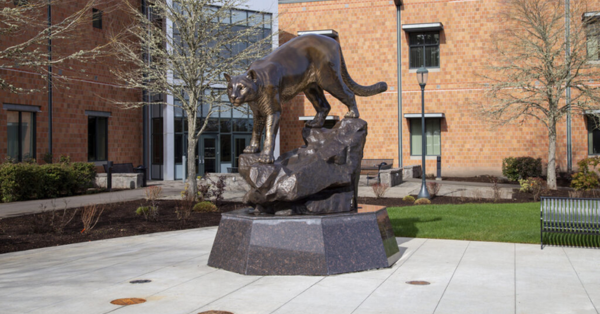
WSU Vancouver’s Cougar Pride statue sits near the Life Sciences Building and will be dedicated at 11:30 a.m. May 9.
Beyond Pullman
About a decade later, Schneidmiller sat down for coffee with WSU President Kirk Schulz and Mike Connell, vice president for advancement and CEO of the WSU Foundation. He pitched the pair the idea of having Cougar Pride sculptures installed on every physical campus.
“We were thrilled with the idea,” Connell recalled. “A lot goes into a gift like this, having the statues made, getting them installed, determining what kind of pedestal is needed and where it’ll be placed on each campus. For Gary to be willing to make this fantastic gift is an incredible gesture that exemplifies his passion for WSU.”
Mike Fields, who worked on the original Cougar Pride statue along with his dad Chester, was brought in to recreate the sculptures.
While the Cougar Pride statue in Pullman is two-and-a-half life size, those on the Spokane, Vancouver, Tri-Cities and Everett campuses are slightly smaller at twice life size. Each bronze Cougar stands 10 feet tall, 6 feet wide and 12 feet long, and including the rock it stands atop, weighs 2,500 pounds.
Fields had the original sculpture scanned, and then used digital sculpting software to refine that data before having the entire piece 3D printed and the rock CNC milled. He then spent significant time working the model cat with high-speed tools before adding clay and re-sculpting for detail.
“Technology is invaluable, but it is still limited, and this hand work is still necessary to capture subtle details and emotion,” Fields said.
With the rock and refined master completed, the process of molding and casting was undertaken. All together, the process of creating new Cougar Pride sculptures took three years to complete.
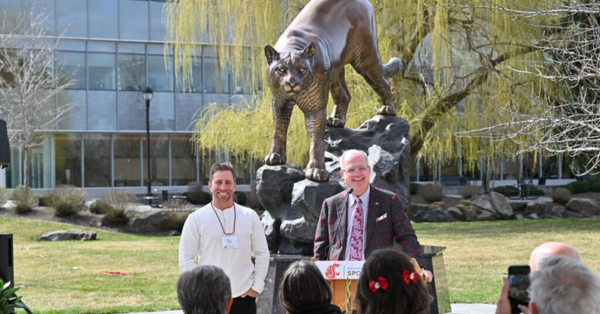
WSU Spokane celebrates the installment of its Cougar Pride sculpture on Tuesday, March 26.
Picking a spot
The task was then to decide where on each campus to put the pieces. Chancellors of each campus were consulted, and in the case of the Tri-Cities campus, a student group was established to help narrow the possibilities down.
Since a new academic building was in the works on the Tri-Cities campus, the group decided to put the statue nearby to incorporate it into the project, Cynthia Arbour, a project manager with Facilities Services, recalled.
“These sculptures needed fairly substantial foundation, which varied a bit by site because of soil conditions,” she said. “We also used the dimensions of the Pullman pedestal to help determine the dimensions of the new stands for the other campuses.”

WSU Vancouver’s Cougar Pride statue sits near the Life Sciences Building and will be dedicated at 11:30 a.m. May 9.
The statue on the WSU Spokane campus has a prominent location near its Academic Center and was dedicated on March 26. Schneidmiller, Fields, Connell, and WSU Spokane Chancellor Daryll DeWald addressed the crowd of around 80 people who came out to see the unveiling.
The WSU Vancouver campus’ Cougar Pride sculpture is situated near to its brand new Life Sciences Building. A formal dedication event is scheduled for 11:30 a.m. May 9.
The WSU Everett campus installed its statue earlier this month, with the event commemorating its arrival being planned for later in the spring.
More information on the dedication events is available on the WSU Foundation website.








